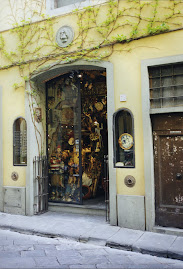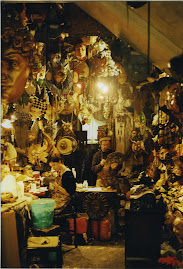
I have been reading ‘Don’t Shoot the Clowns’ a story by Jo Wilding, written originally as a weblog. It is the story of Circus2Iraq, a small band of intrepid performers who take ‘clowning around’ to the Iraqi children, kids who have forgotten how to be young and silly.
http://www.circus2iraq.org/
http://www.circus2iraq.org/
Iraq is not a happy place (since the World Trade Centre sequence of events) and the children there are miserable. If given a crayon they will draw bombers and combat scenes. At play they will enact hostage scenarios as if they cannot imagine anything else. Jo Wilding and friends turn on the circus tricks; blowing bubbles, stilt walking, pulling funny faces, juggling, and a brightly coloured parachute (I imagine the sort used here in kindergartens) for bouncing and hiding under, to engage the war-worried children and put sparkle in their eyes and a smile on their dial.
This is a story of what you can do with little money, improvisation and guts. Incidentally Jo Wilding, the clown, is not a ‘flakey’ artist, she is a lawyer.
‘Don’t Shoot the Clowns’ is also a story of modern barbarism, so if you can’t stomach a large serving of bloodied body parts, don’t read this book. I found my copy at the Dunedin Trade Aid store. It is not a generic bookshop read.
To make 'Funny Face' compositions like those illustrated above you will need ice cream cones, gently cut to the length you want (by nibbling with curved tip scissors), stuck onto the Multimask with a hot melt glue gun, sealed with a coat of white gesso, dried quickly, and painted in bright colours. The hair was made by threading funky knitting yarn (from Spotlight) through small holes made with a hole punch.




